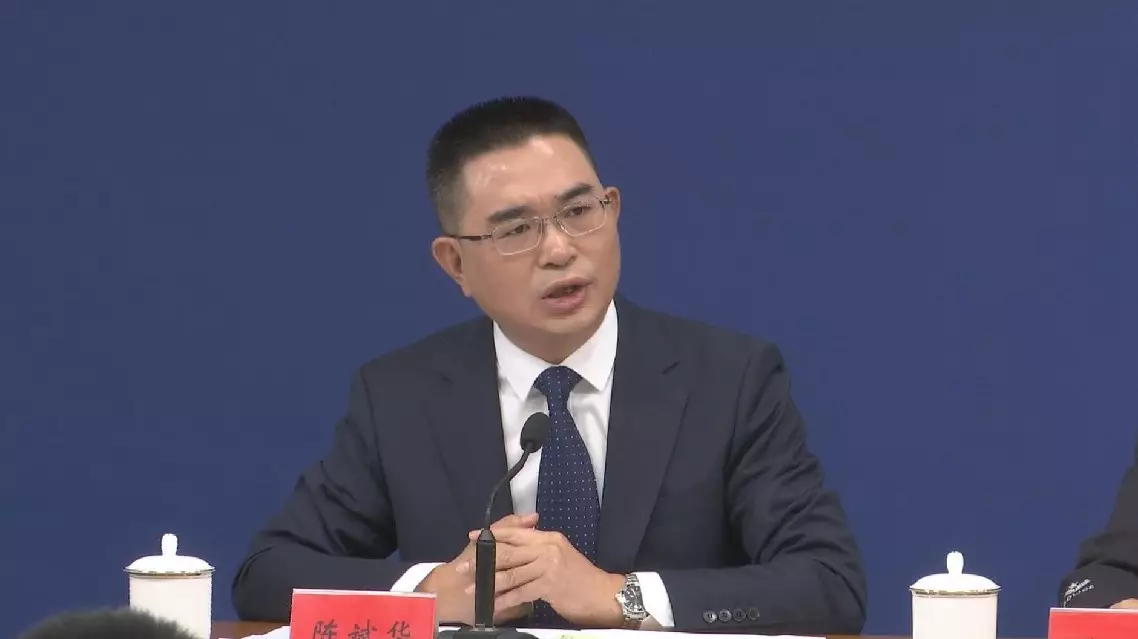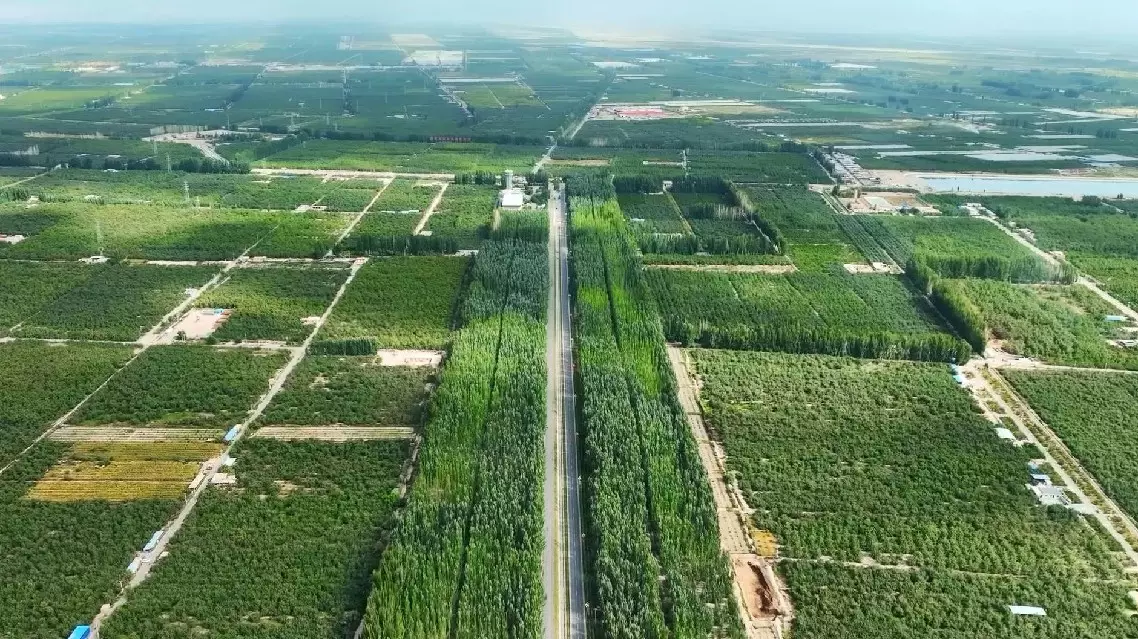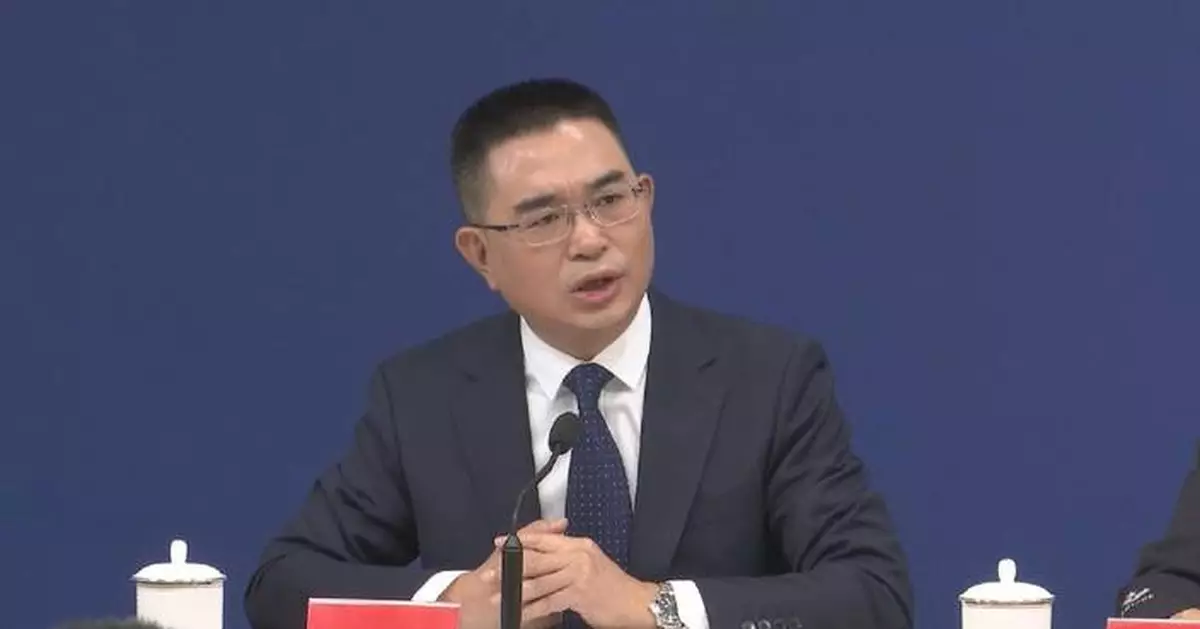The judicial guidelines on imposing criminal punishment on diehard "Taiwan independence" separatists only target a very small number of such people, said a mainland official on Friday, adding that the majority of Taiwan compatriots need not worry about the document.
Chinese authorities on Friday issued a set of guidelines on imposing criminal punishments on diehard "Taiwan independence" separatists for conducting or inciting secession.
The guidelines, jointly issued by the Supreme People's Court, the Supreme People's Procuratorate, and the ministries of public security, state security, and justice, take effect upon release.
At a press conference in Beijing, Chen Binhua, spokesman for the State Council Taiwan Affairs Office, alleviated the concerns about future exchanges across the Taiwan Strait after the document was released.
"It is a common practice of countries in the world to use criminal judicial means to punish secessionist criminals and safeguard core national interests. Taiwan is part of China. China shall never allow separatist forces on the island to separate Taiwan from China in any name or by any means. It is reasonable, justifiable and lawful to punish die-hard 'Taiwan independence' separatists for conducting or inciting secession," said Chen.
"From the title to the text, the document clearly states that the criminal punishments only target a very small number of diehard elements with very bad separatist behaviors and carrying out rampant activities in seeking 'Taiwan independence', as well as their crimes. It doesn't affect the majority of Taiwan compatriots," Chen said.
"We hope Taiwan compatriots will adhere to the national interests, conform to the general trend of history, fully recognize the extremely harmful and destructive nature of the 'Taiwan independence' separatism, stand on the right side of history, and firmly oppose the 'Taiwan independence' separatism and external interference," he added.
The guidelines, based on the Anti-Secession Law, the Criminal Law and the Criminal Procedure Law, provide more specific rules concerning conviction and sentencing in the event of such crimes, as well as relevant procedures, serving as guidance for the judiciary in handling relevant cases.
According to the guidelines, relevant proceedings must be carried out following due process without prejudice to the litigation rights of the suspects or defendants, such as their right to defense and right to appeal.
The document also makes it clear that for diehard "Taiwan independence" elements, a trial in absentia may be applied.
The document urges all relevant authorities to give full play to their functions, severely punish the "Taiwan independence" diehard elements for conducting or inciting secession, and resolutely safeguard national sovereignty, unity and territorial integrity.

Judicial guidelines only target very few diehard 'Taiwan independence' separatists: spokesman

Judicial guidelines only target very few diehard 'Taiwan independence' separatists: spokesman
Decades of persistent efforts against desertification in and around Kekeya have paid off, generating economic and ecological benefits for this once-arid land in Aksu Prefecture, located in northwest China's Xinjiang Uygur Autonomous Region. Nestled on the northern edge of the formidable Taklimakan Desert, Kekeya was once notorious for its tumultuous weather and ceaseless sandstorms. Covering a staggering expanse of 337,000 square kilometers, the Taklimakan is China's largest desert and is infamously known as the "Sea of Death".
In an effort to combat desertification and alleviate the adverse effects of shifting sands and dust storms on nearby residents, an ambitious afforestation project was launched in Kekeya in 1986. Consequently, what is now known as the "Green Great Wall" has gradually emerged.
Faced with water shortages, high soil salinity, and a lack of heavy machinery, those pioneers who first engaged in the project in Aksu rose to the challenge. They toiled with simple tools to soften the hardened soil, level the ground, and adjust soil alkalinity to create a suitable environment for the growth of trees.
"We were planting trees almost every spring and autumn then," said Song Jianjiang, one of the first forest rangers for the afforestation project.
One year later, the barren land of Kekeya showed its first signs of greenery. Local people saw hope for better living conditions, without sand finding its way into their rice bowls.
"We were planting trees almost every spring and autumn then. Since our shelter-belt forest was planted, it has blocked the wind and sand from afar, helped keep our homes clean," said Song.
In the first decade of the afforestation project, Kekeya saw about 2,200 hectares of artificial forest completed, and another 4,360 hectares in the second decade.
Since 2012, Kekeya has achieved 62,000 hectares of afforestation, and the total afforestation has exceeded 80,000 hectares.
Zhao Hongguang, a local apple grower, said there is a stark difference between growing on the land now as compared to 30 years ago.
"Back then, I planted over 2.6 hectares of land, but only 280 pear and apple trees survived. Now, one mu (one-fifteenth of a hectare) of land can produce 3 to 4 tons of apples. Four tons of apples can sell for over 20,000 yuan (about 2,852 U.S. dollars). Most of my apples are sold to the Yangtze River Delta and the Pearl River Delta regions," he said.
Residents Su Hui and his wife Lu Fang are both photography hobbyists. As the ecological environment improves, more birds and wildlife are captured in their lenses.
"In recent years, as the ecological environment improves, some bird species that we had never seen before have appeared in Aksu, such as kingfishers, red crossbills, and bluethroats. These birds were never seen in Aksu before, but now they can be spotted here," said Su.
After relentless efforts spanning generations, the afforestation project in Kekeya has achieved over 80,000 hectares of afforestation. Kekeya's forest coverage rate rose from 8 percent in 1986 to 73 percent in 2020. Today, green spaces and pocket parks are spreading throughout Aksu's urban areas.
"We have built the shelterbelt forest in Kekeya, and it has brought hope to everyone here," said Song.

Xinjiang's Kekeya becomes green miracle in China's largest desert












